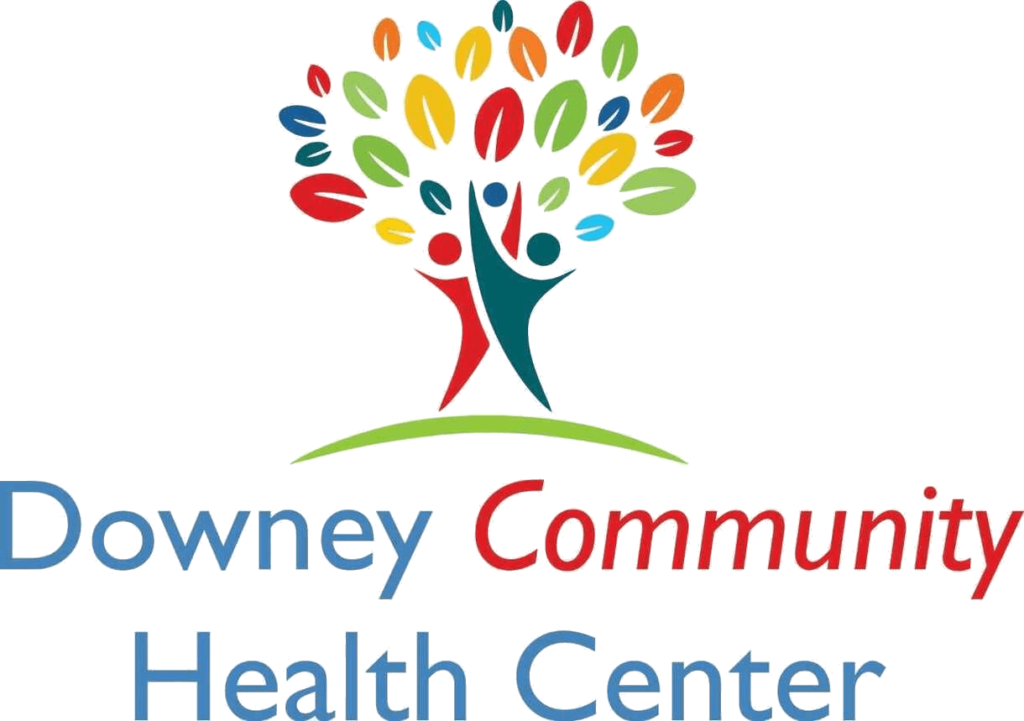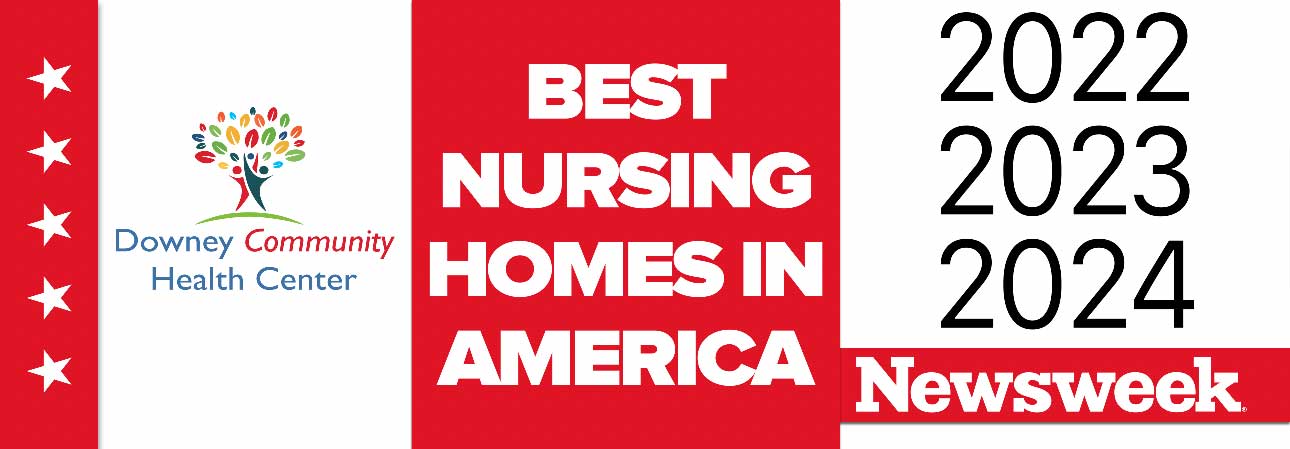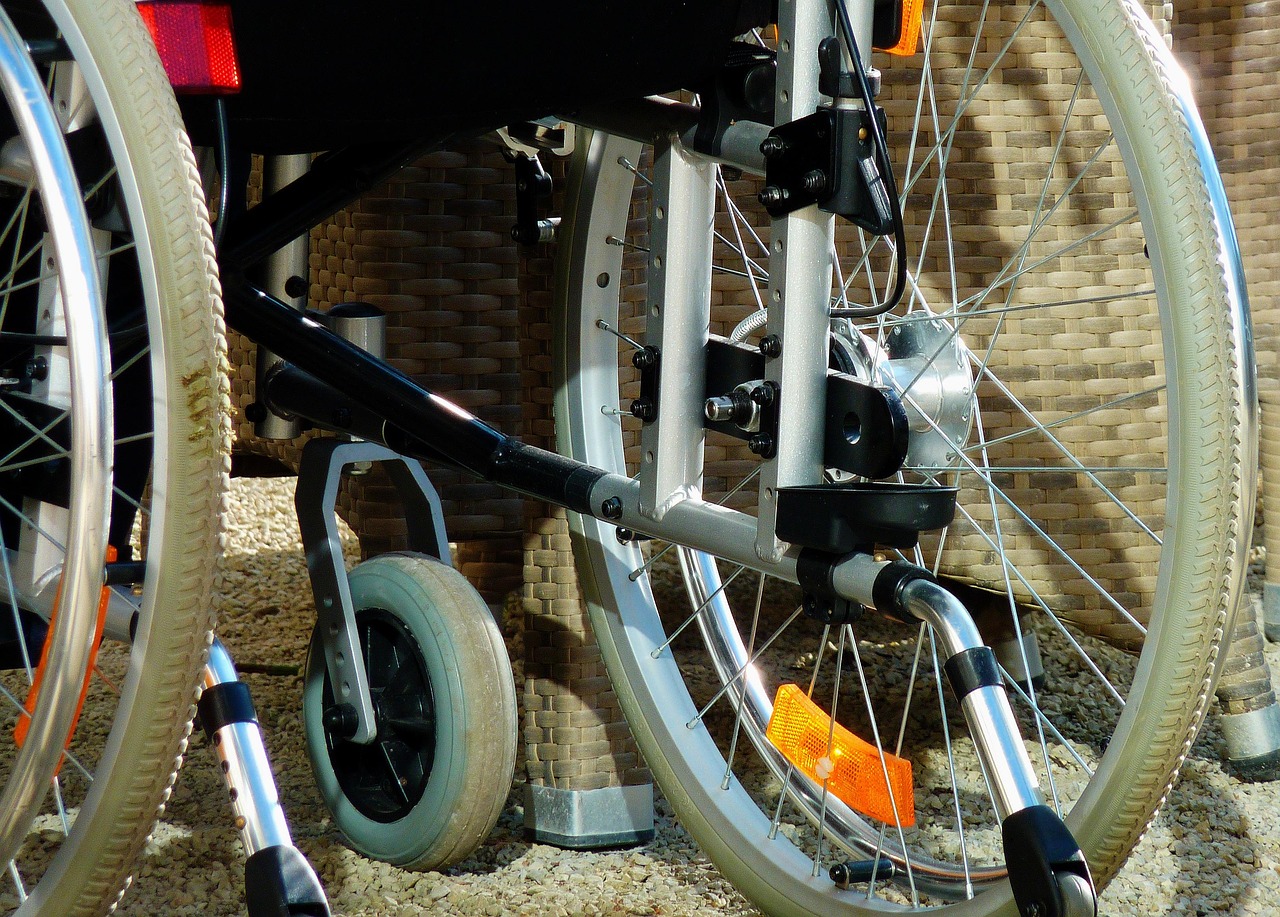Medicaid is a vital federal and state program designed to provide healthcare coverage to eligible low-income individuals, including the elderly residing in nursing homes.
Its primary purpose is to ensure access to essential medical services and long-term care. In the context of nursing homes, intravenous (IV) therapies are common medical treatments involving the administration of medications, fluids, or nutrients directly into a vein.
These treatments are often necessary for managing severe infections, dehydration, and other health conditions that oral medications cannot adequately address.
Medicaid services play a crucial role in long-term care by covering medically necessary IV therapies and associated services, ensuring nursing home residents receive the essential healthcare they need without prohibitive out-of-pocket expenses. This coverage, however, varies by state, and understanding specific benefits and limitations is key for residents and their families to navigate the complexities of Medicaid coverage effectively.
Empower Your Recover
Take charge of your health! Contact us now to learn more about our therapy services and how we can support your recovery in a nurturing environment.
What Are IV Therapies?
IV therapies, or intravenous therapies, involve administering fluids, medications, or nutrients directly into a patient’s bloodstream through a vein. This method allows for rapid absorption and distribution throughout the body, making it particularly effective for quick treatment or when oral administration isn’t possible.
In skilled nursing facilities, common IV therapies include:
- Fluid replacement for dehydration
- Antibiotic administration for infections
- Pain management medications
- Nutritional support for those unable to eat
- Blood transfusions
These therapies are often used to treat conditions such as:
- Severe dehydration
- Urinary tract infections
- Pneumonia
- Post-surgical recovery
- Chronic pain management
- Anemia
- Malnutrition
IV therapies in nursing homes are crucial for managing acute illnesses, maintaining hydration, administering necessary medications, and providing nutritional support for residents who can’t take oral medications or foods. They play a vital role in improving the quality of life and managing health conditions for elderly or chronically ill patients in long-term care settings.
Medicaid Coverage Basics
Medicaid programs typically cover a wide range of essential health services, including doctor visits, hospital stays, preventive care, and prescription drugs. It also covers long-term care services, which are crucial for many nursing home residents.
For long-term care, Medicaid benefits are the primary payer in the United States. It covers nursing home care for eligible individuals who require skilled nursing or rehabilitation services. This coverage includes room and board, nursing care, and other necessary medical services.
IV therapies generally fall within Medicaid’s scope of coverage, especially when deemed medically necessary. In nursing homes, IV therapies for conditions like dehydration, infections, or pain management are typically covered. However, specific coverage such as home infusion therapy can vary by state and individual circumstances.
Medicaid pay covers IV therapies in nursing homes, and this aligns with its overall mission to provide comprehensive health care to low-income individuals, including those requiring long-term care. The coverage often includes the medications, equipment, and skilled nursing services necessary for IV therapy administration.
It’s important to note that while state Medicaid programs generally cover medically necessary IV therapies, specific policies, and prior authorization requirements may vary by state.
Medicaid Eligibility for Nursing Home Residents
Medicaid typically covers a wide range of essential health services, including doctor visits, hospital stays, preventive care, and prescription drugs. It also covers long-term care services, which are crucial for many nursing home residents.
For long-term care, Medicaid pays are the primary payer in the United States. It covers nursing home care for eligible individuals who require skilled nursing or rehabilitation services. This coverage includes room and board, nursing care, and other necessary medical services.
IV therapies generally fall within Medicaid’s scope of coverage, especially when deemed medically necessary. In nursing homes, IV therapies for conditions like dehydration, infections, or pain management are typically covered. However, specific coverage can vary by state and individual circumstances.
Medicaid’s coverage of IV therapies in nursing homes aligns with its overall mission to provide comprehensive health care to low-income individuals, including those requiring long-term care. The coverage often includes the medications, equipment, and skilled nursing services necessary for IV therapy administration.
It’s important to note that while Medicaid generally covers medically necessary IV therapies, specific policies, and prior authorization requirements may vary by state.
Medicaid Coverage for IV Therapies
Medicaid generally covers IV therapies in nursing homes when they are deemed medically necessary. Coverage typically includes the medications, equipment, and skilled nursing services required for IV therapy administration.
For Medicaid to cover IV therapies, they must be:
- Prescribed by a licensed physician
- Medically necessary for the patient’s condition
- Administered in a Medicaid-approved facility
Medicaid distinguishes between medically necessary treatments and optional ones. Medically necessary IV therapies, such as those for severe infections, dehydration, or pain management, are usually covered. Optional or elective treatments, like certain vitamin infusions, may not be covered.
The specific coverage can vary by state, as each state has its own Medicaid policies. Some states may require prior authorization for certain IV therapies. It’s important for patients or their families to check with their state’s Medicaid office or the nursing home’s administration to understand the exact coverage for their situation.
Remember, Medicaid coverage is designed to provide essential medical care, so treatments that are crucial for a patient’s health and well-being are more likely to be covered.
Exceptions and Limitations in Medicaid Coverage
Medicaid coverage in nursing homes, while comprehensive, does have some limitations. While most medically necessary treatments are covered, certain services or therapies might be restricted or excluded, depending on state policies. For IV therapies, limitations may apply to specific types of medications or the duration of treatment.
Many states offer Medicaid waivers or additional coverage options that can expand services beyond standard benefits. These waivers might include coverage for specialized IV therapies or other treatments not typically covered under regular Medicaid plans. It’s important to check with your state’s Medicaid office for specific waiver programs that are available.
Regarding co-payments and cost-sharing, Medicaid recipients in nursing homes are generally required to contribute most of their income toward their care. However, they’re allowed to keep a small personal needs allowance. For IV therapies, additional out-of-pocket costs are usually minimal, as Medicaid typically covers most medically necessary treatments. Some states may have nominal co-payments for certain services, but these are generally limited to ensure affordability for residents.
It’s crucial to understand that policies can vary significantly by state, so consulting with a Medicaid specialist or the nursing home’s administration is advisable for specific coverage details.
The Process for Getting Medicaid to Cover IV Therapies
The process for getting Medicaid to cover IV therapies in nursing homes typically involves several steps:
- Physician’s Order: A doctor must prescribe IV therapy and document its medical necessity.
- Medical Assessment: The nursing home staff conducts a thorough evaluation of the patient’s condition.
- Documentation Preparation: Gather all relevant medical records, including diagnosis and treatment history, lab results, medication lists, and physician’s notes explaining why IV therapy is necessary.
- Prior Authorization: Submit a request to Medicaid, often through a designated form or online system.
- Review Process: Medicaid reviews the submission, which may take several days to weeks.
- Follow-up: Respond promptly to any requests for additional information from Medicaid.
Healthcare providers play a crucial role in this process. Doctors need to clearly document the medical necessity of IV therapy, explaining why oral alternatives are insufficient. Nursing staff can help by:
- Ensuring all documentation is complete and accurate
- Tracking the patient’s response to treatment
- Providing additional clinical information as needed
Throughout this process, clear communication between the nursing home, physicians, and Medicaid is essential. It’s important to remember that Medicaid policies can vary by state, so familiarizing yourself with your state’s specific requirements is crucial for a smooth approval process.
Financial Implications of IV Therapies Without Medicaid
When Medicaid doesn’t cover IV therapies in nursing homes, residents may face significant out-of-pocket costs. These expenses can vary widely, ranging from a few hundred to several thousand dollars per treatment, depending on the type and duration of therapy.
To help manage these costs, some nursing homes and healthcare providers offer financial assistance programs. These may include:
- Sliding scale fees based on income
- Payment plans to spread costs over time
- Charity care programs for those with limited resources
- Grants or scholarships from non-profit organizations
Long-term financial planning for nursing home care is crucial. This may involve:
- Purchasing long-term care insurance early in life
- Setting up health savings accounts (HSAs)
- Exploring Medicaid spend-down strategies to qualify for coverage
- Consulting with elder law attorneys or financial advisors
It’s important for families to discuss potential healthcare needs and financial strategies well before nursing home care is required. This can help ensure that necessary treatments, including IV therapies, remain accessible even if Medicaid coverage is limited.
Remember, while the costs can be daunting, many options exist to help manage expenses and ensure proper care.
Summary
In conclusion, navigating Medicaid coverage for IV therapies in nursing homes requires careful planning and a thorough understanding of state-specific regulations. While Medicaid provides substantial support for medically necessary treatments, it is essential to remain aware of potential limitations and the need for prior authorization. Families and caregivers must engage proactively with healthcare providers and Medicaid offices to ensure comprehensive care for their loved ones.
Although out-of-pocket expenses can pose financial challenges when Medicaid does not cover certain treatments, numerous resources, and financial assistance programs are available to help alleviate these burdens.
Early long-term care planning, including exploring insurance options and Medicaid strategies, can significantly impact accessibility to necessary medical treatments. By staying informed and using available resources, families can help guarantee that nursing home residents receive the medical care they need to maintain their health and quality of life.
Effective communication, collaboration, and preparation will always be key components in securing adequate healthcare support in nursing home settings.
Plan for Your Health Needs
Start planning your healthcare journey with us! Call Downey Community Health Center to discuss long-term care options and financial planning.







